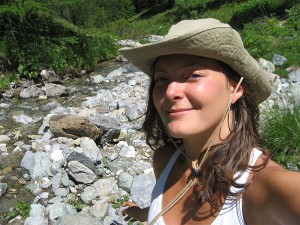 |
Building Virtual Earthquakes from the Ambient Seismic NoiseMarine Denolle IGPP Scripps Institute of Oceanography Wednesday, March 12th, 2014 |
||
|
|||
|
Recent unexpectedly large earthquakes put seismic hazard analysis at a critical point. The growth of populated urban environments increases exposure to seismic hazard and ground motion prediction is key to characterizing such hazard. For most areas, there is a scarcity of intensity measurements from past earthquakes, especially for large earthquakes. This limits the accuracy of the ground motion prediction equations that relate earthquake characteristics to shaking intensity. High performance computing now allows seismologists to simulate the propagation of seismic waves through complex crustal structures, which in turn requires a better understanding of these structures. Validating the accuracy of ground motion predictions is critical for characterizing hazard. We propose a new validation approach that uses ambient seismic noise to predict strong ground motion. We construct large virtual earthquakes along the southern San Andreas Fault, and predict shaking intensity in southern California. In particular, we focus on the seismic amplification in deep sedimentary basins such as Los Angeles Basin in southern California, and the Kanto Basin in Tokyo. |
|||

